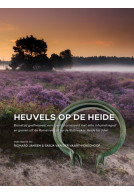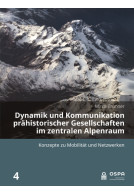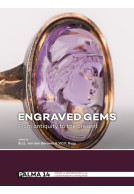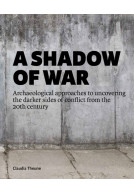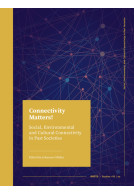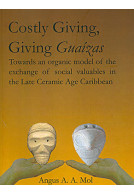Archaeology of Touchstones (Hardback)
An introduction based on finds from Birka, Sweden
Imprint: Sidestone Press
Pages: 200
Illustrations: >50 fc
ISBN: 9789088905186
Published: 28th December 2017
Script Academic & Professional
Pages: 200
Illustrations: >50 fc
ISBN: 9789088905186
Published: 28th December 2017
Script Academic & Professional
You'll be £100.00 closer to your next £10.00 credit when you purchase Archaeology of Touchstones. What's this?
+£4.99 UK Delivery or free UK delivery if order is over £40
(click here for international delivery rates)
Need a currency converter? Check XE.com for live rates
(click here for international delivery rates)
Need a currency converter? Check XE.com for live rates
Did ancient Europeans truly believe in an active after-life, as modern Europeans would like to think they did? What purpose did grave-goods actually serve? Are archaeology and the historical sciences in general able to shed, once and for all, a curse placed upon them at their inception as research disciplines in the early nineteenth century? Searching for answers to these questions is the aim of this book which has been written on the basis of widely spread, typical components of grave-goods. For the last two centuries, they have been interpreted incorrectly, because of being aligned with archaeologists’ ideas about the spiritual world of the society in question.
The book introduces a recently discovered phenomenon that accompanied mankind from his discovery of the uses of metal all the way through to the Middle Ages – that is the importance of touchstones, tools used to determine the nature and test the nature and value of non-ferrous metals. Of the hundreds of thousands of such finds, which have most often been regarded as ‘whetstones’, the author has made a selection of specimens that cast light on the role of touchstones in the culture of ancient societies, especially in the burial ritual.
Forming a key part of the book are the results of chemical microanalyses of metal streaks on the touchstones, a hitherto unused source of information for the skills of ancient metallurgists. Streaks of precious metal are not as important today as the common streaks of lead, tin, brass, etc.; streaks of metals composed of zinc, nickel, mercury, etc., raise new questions. Viking Age Birka serves as a fine example. It has yielded the largest known assemblage of touchstones and also boasts the largest number of such finds to have been analysed in the scanning electron microscope. However, this site has counterparts in Mesopotamia and the Near East, in the ancient Mediterranean region, in the Cimmerian and Scythian environments, in Europe of the Bronze Age, Iron Age, Roman and Migration periods, and, in particular, in the northern part of Europe during the Early Middle Ages – anywhere trade was not dominated by coins minted by local authorities. The four-millennium continuity of the essentially unified spiritual life shared by a large part of the Old World came to an end with the onset of Christianity in Europe.
This book is intended for archaeologists, anthropologists, historians, ethnologists, archaeometallurgists, and for everybody who wishes to marvel at the consistent symbolic behaviour of ancient societies of the Old World from between, at the least, Mesopotamia, the Altai Mountains and Iceland, despite their cultural, ethnic and religious differences.
Other titles in Sidestone Press...









